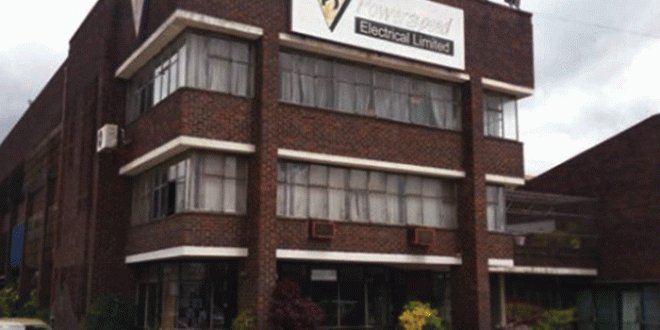Vumbachikwe commissions US$2,5m storage facility
GWANDA-based Vumbachikwe Gold Mine has commissioned a new tailings storage facility under a
US$2,5 million investment.
A tailings storage facility is constructed to store residue after the extraction of valuable material
from metal ore processing and to manage associated water.
Vumbachikwe, which is one of the oldest gold mines in the country, is a flagship of an exploration
and mining group, Duration Gold Zimbabwe.
Speaking by telephone last Friday, Duration Gold Zimbabwe exploration and mining executive, Mr
Allan Mashingaidze, said the new tailings facility was commissioned after the previous one had
outlived its lifespan.
“Yes, we have commissioned a tailings storage facility after investing US$2,5 million into the
project,” he said. “It has been commissioned and the one that we were using before had reached
the end of its depositional life, so we had to develop a new one.”
It is hoped that the continued investment in such projects would not only help Vumbachikwe but
the environment in which the mining concern operates. While mining is one of the major economic
mainstays of Zimbabwe’s economy, the Government has challenged mining houses across the
country to carry out their operations in an environment-friendly manner.
Thus, the investment in the new tailings storage facility by Vumbachikwe is a step in the right
direction. Meanwhile, Vumbachikwe is set to double its production in line with the Government’s
US$12 billion milestone by 2023.
A few months ago, Vumbachikwe was reportedly producing 30 kilogrammes of gold per month and
was on course to delivering 60kg of the yellow metal per month starting this year.
The projected output was on account that Vumbachikwe recently completed the sinking of five
shafts at the mining site.
As part of efforts to boost output, Duration Gold recently announced that it was also in the process
of assimilating artisanal mining syndicates into its operations. The assimilation process involves
providing equipment, access to mining claims and exploration data, while the artisanal miners
provide labour after which profits from the partnership are shared equally between the parties.
Under the US$12 billion mining economy by 2023, the yellow metal, which is among the major
foreign currency earners in Zimbabwe, is expected to contribute US$4 billion while platinum will
generate US$3 billion, chrome, iron, steel diamonds and coal (US$1 billion).
Lithium is expected to contribute US$500 million while other minerals will contribute US$1,5
billion. With several mining projects coming on board, the Government believes considerable
progress has been made towards the achievement of the mining roadmap.
The target does not factor in downstream industries.
Key deliverables of the sector include enhanced exploration, enhanced investment and capacity
building, increased productivity and employment creation, greater value addition, increased
exports and foreign currency generation and ensuring optimum benefits to the country and the
people. — chronicle.co.zw










